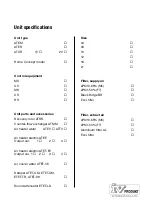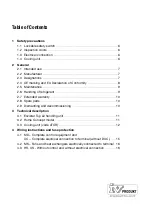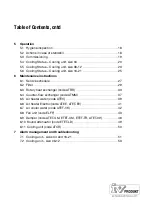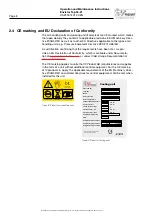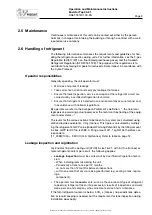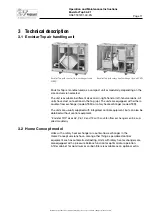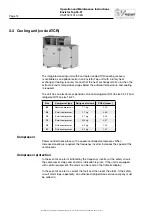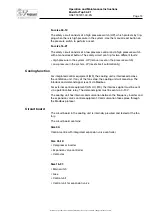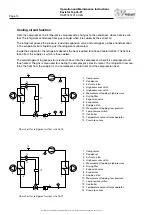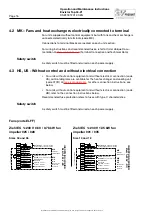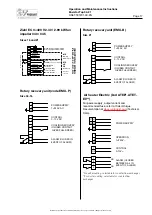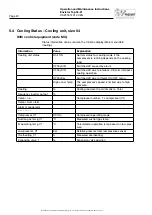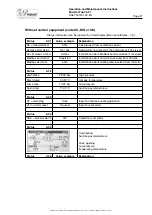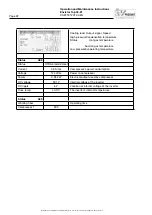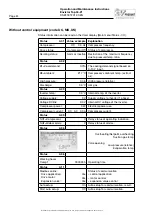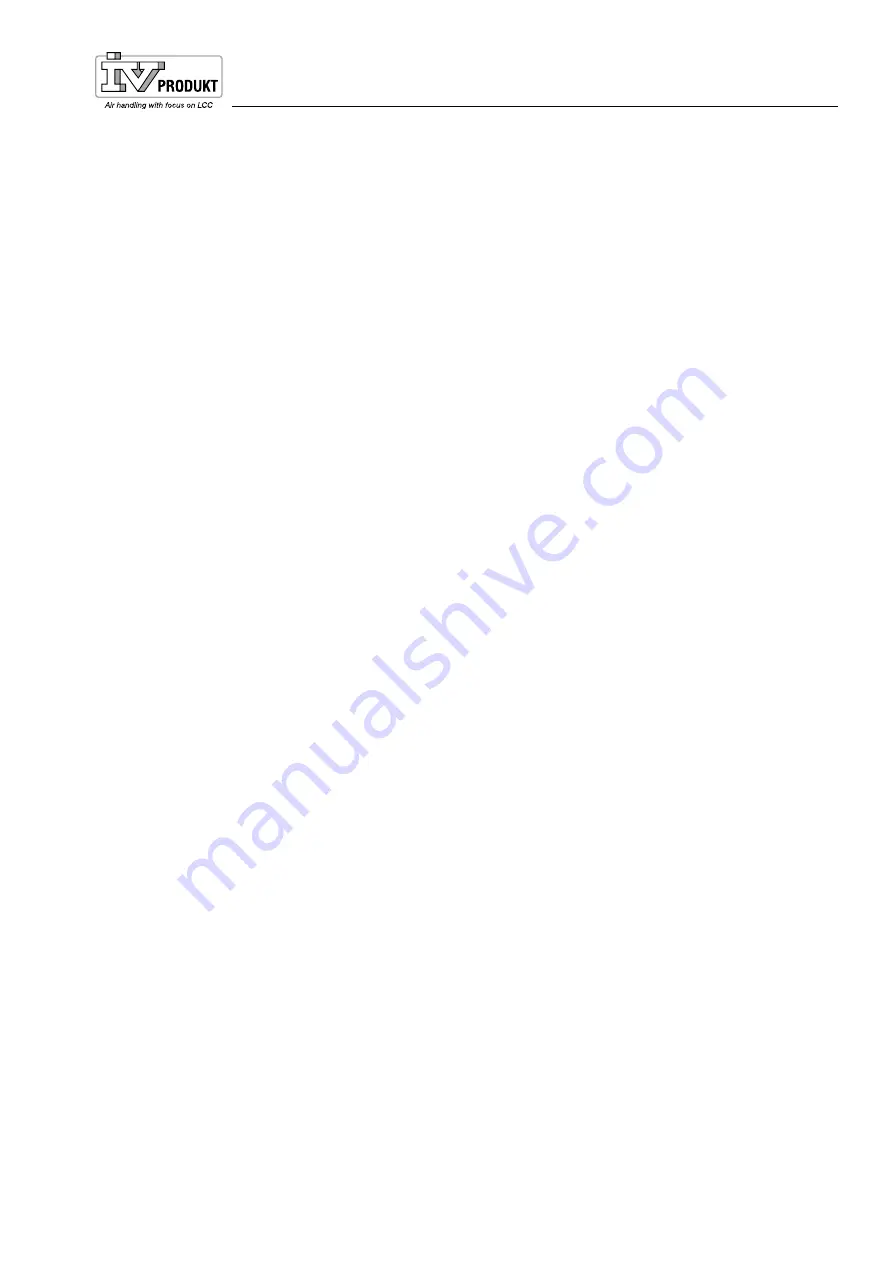
Page 9
Operation and Maintenance Instructions
Envistar Top 04-21
DSET.181201.00.EN
Continuous product development may give rise to specification changes without notice.
2.5 Maintenance
Continuous maintenance of this unit can be carried out either by the person
normally in charge of maintaining the building or through a contract with a well-
reputed service company.
2.6 Handling of refrigerant
The following information summarises the requirements and guidelines for han-
dling the refrigerant used in cooling units. For further information, see the F-gas
Regulation (EU/517/2014 on fluorinated greenhouse gases) and the Swedish
Refrigerant Regulation (SFS 2016:1128). The purpose of the regulations is to
contribute to achieving EU goals for reduced climate impact in accordance with
the Kyoto Protocol.
Operator responsibilities
Generally speaking, the unit operator must:
• Minimise and prevent leakage
• Take corrective action to remedy any leakage that arises
• Ensure that leak inspection, service and repair of the refrigerant circuit are
carried out by a certified refrigeration technician
• Ensure that refrigerant is handled in an environmentally secure manner and
in accordance with national regulations.
By operator, we refer to the European Parliament’s definition: “...the natural or
legal person exercising actual power over the technical functioning of the equip-
ment and systems...”.
The levels for the various actions to be taken for a system are calculated using
carbon dioxide equivalents, CO
2
e (tonnes). This figure is calculated by multiply-
ing the refrigerant’s GWP value (Global Warming Potential) by the filling amount
in kilos. GWP for R410a is 2088. A filling amount of 1.1 kg R410a therefore cor-
responds to
(1.1
×
2088)/1000 = 2.30 CO{0>2<0}e(tonnes). Refer to table on page 12.
Leakage inspection and registration
For Envistar Top with cooling unit (ATCR) in size 16-21, with 5 CO
2
e(tonnes) or
more refrigerant content per circuit, the following applies:
•
Leakage inspection
must be carried out by a certified refrigeration techni-
cian:
– When installing/commissioning the unit
– Periodically at least once per 12 months,
i.e. no more than 12 months between inspections
– within one month of any work being performed (e.g. sealing a leak, replac-
ing a
component).
• The operator must
record
events, such as the volume and type of refrigerant
topped up, refrigerant taken into possession, results of inspections and work
done, person and company who carried out service and maintenance.
If the total refrigerant content is below 5 CO₂ e (tonnes), no periodic leak detec-
tion or record keeping is needed, but the requirement for leak inspection during
installation does apply.



